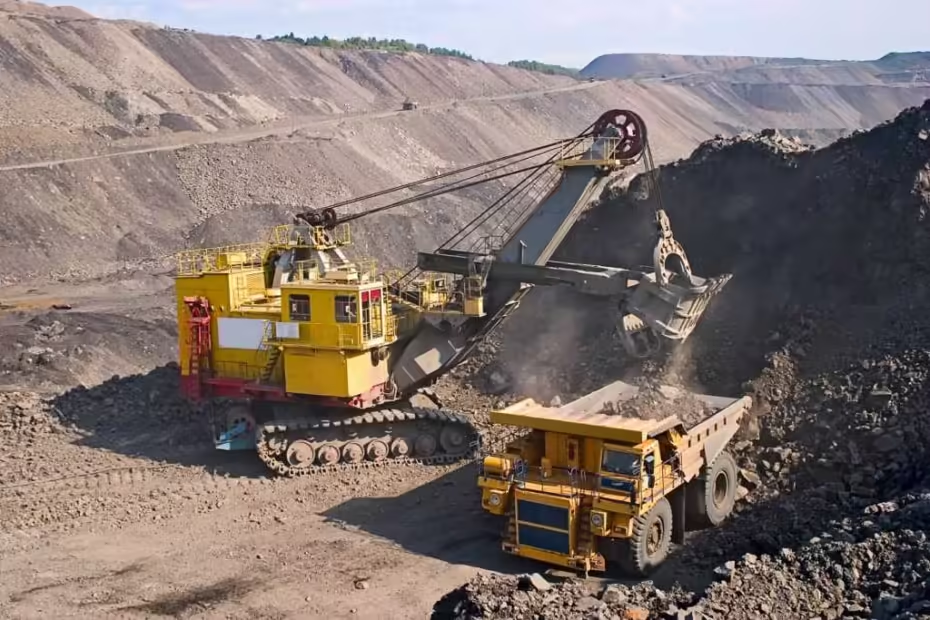Industry Expert Highlights Need for Change in Mine Waste Management
Mining laws that support waste reprocessing could accelerate the mining industry’s shift toward circular value chains, according to Dr. Helen Degeling of Cobalt Blue. The experienced geologist also emphasized the importance of technological innovation in speeding up this transition.
In an interview with Mining Beacon, Degeling discussed the first Mining, Metals, and the Circular Economy forum at IMARC, set for October. She compared Australia’s current sustainability efforts to the safety campaigns of the 1980s and 90s, which successfully embedded safety into the industry’s culture and practices.
Degeling noted that while some resist change, believing it will hinder efficiency, many in the industry recognize the need for sustainable practices. “We know we can do better,” she stated, emphasizing that past methods are no longer viable. She argued that mine closure and rehabilitation could be reimagined to extract value from waste, reduce environmental risks, and minimize long-term liabilities.
Cobalt Blue’s Initiatives and the Global Impact of Waste Reprocessing
Cobalt Blue aims to become a major cobalt producer through a new mine at Broken Hill in Australia and a planned cobalt-nickel refinery in Western Australia. The company is also collaborating with Canadian copper producer Hudbay Minerals to develop mine waste reprocessing capabilities. Hudbay, which faces significant restoration liabilities, is exploring Cobalt Blue’s patented sulphide waste treatment process to recover valuable metals from its tailings.
The global issue of mine waste is growing, with an estimated 200 billion tonnes of waste expanding by 10-13 billion tonnes annually. In North America, there are over 114,000 active and inactive mine sites, while Australia has more than 10,000. Valorising mine waste can help offset mine closure costs, reduce environmental risks, and free up funds for rehabilitation.
Degeling highlighted a significant knowledge gap in tailings management. While mining companies report on exploration and production, they are not required to disclose the composition of waste. Geoscience Australia is working to fill this gap by collecting and characterizing mine waste data, a program Degeling helped initiate during her time at the Geological Survey of Queensland.
However, reprocessing historical tailings in Australia faces challenges, particularly around liability ownership. Different states have different regulations, and liability for pre-existing waste can deter companies from purchasing old sites. Tasmania and Queensland are exploring solutions, but more policy refinement and infrastructure investment are needed.
Also Read: Mark Kristoff: Urban Mining Must Be Part of Western Materials Solution
Innovation and Sustainability: The Path Forward
Degeling believes that fast-paced technological innovation is crucial for advancing waste valorisation. New methods are needed to process minerals that were previously overlooked. She stressed the importance of sustainability, including water efficiency, low carbon footprints, and environmentally safe residues.
She also noted the significance of platforms like IMARC in driving these discussions. Degeling emphasized the importance of showcasing real-world examples of companies demonstrating sustainability in practice. “These lived examples,” she said, “are key to improving the industry’s environmental, social, and governance (ESG) credentials.”

